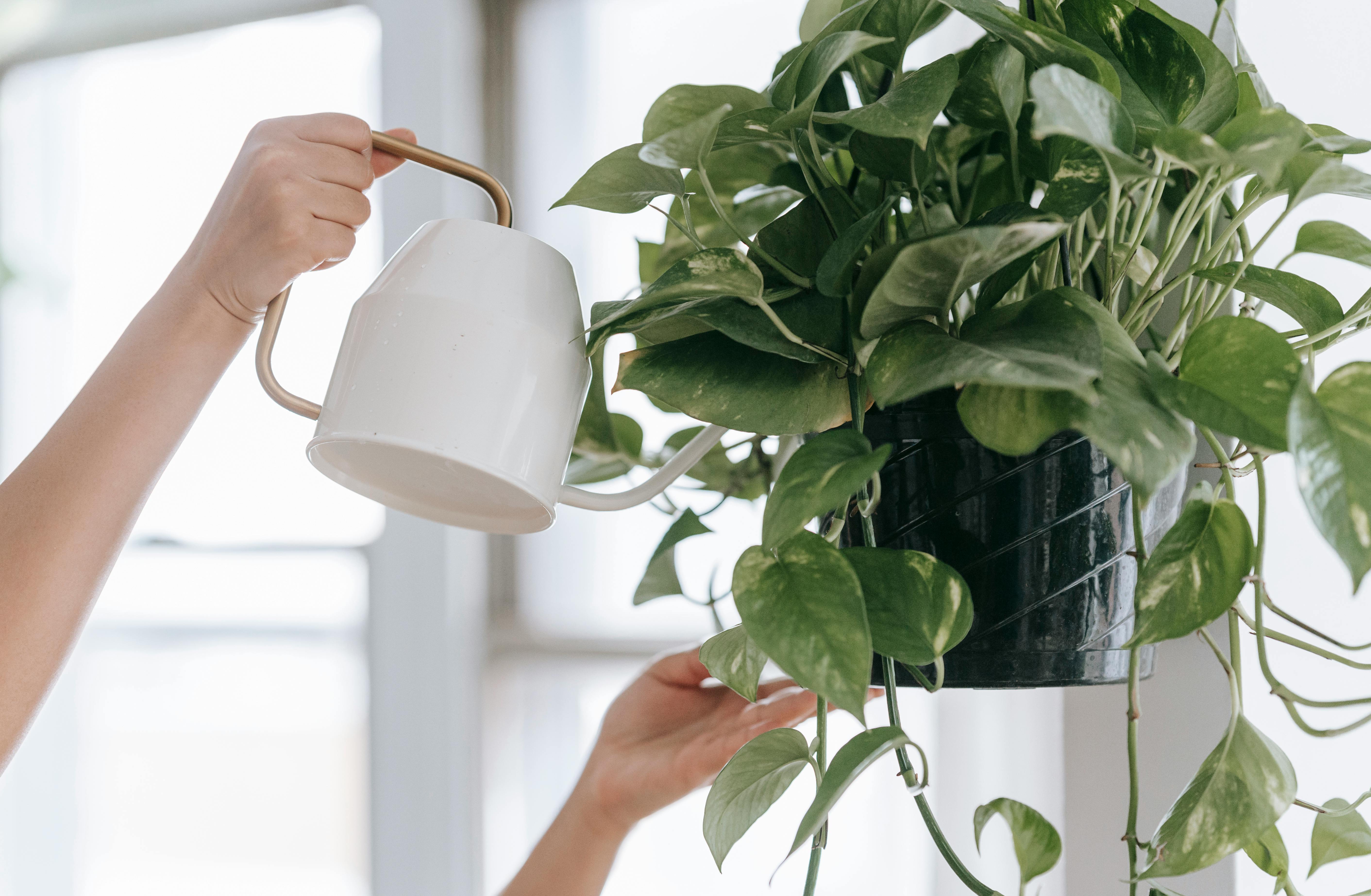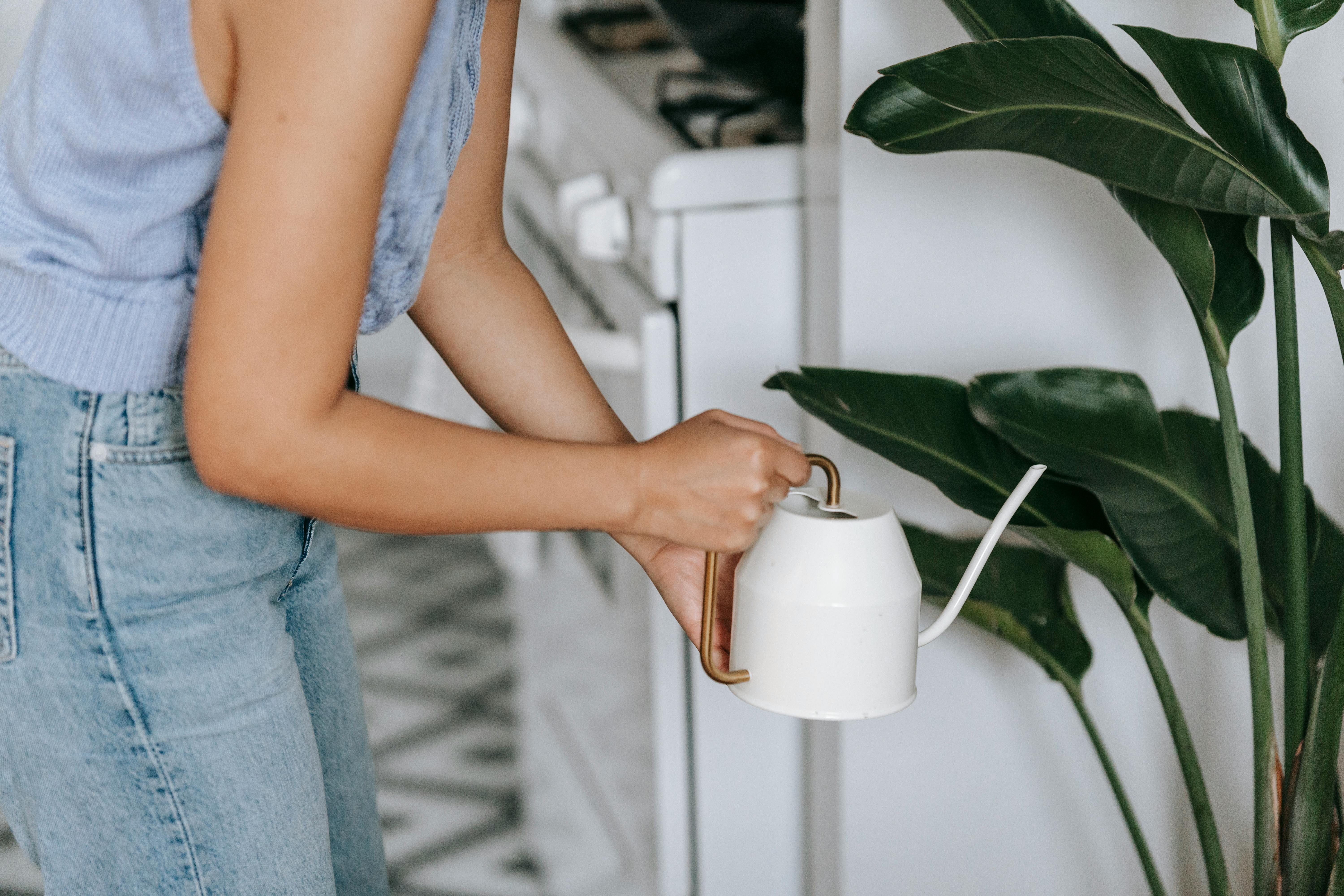Distilling water at home is an easy and cost-effective way to make sure you are drinking pure, clean water. Distillation is a process that involves boiling the water and then condensing the steam back into a liquid form. This removes any contaminants that may be present in the water, such as bacteria, viruses, and other impurities. With the right equipment, it is possible to distill water at home for personal use.Water Distillation is a process in which contaminants are removed from water by boiling the water and collecting the resulting steam. The steam is then cooled and condensed back into a liquid, leaving the contaminants behind. This process can be used to purify water, as well as to separate components of a liquid mixture.
What Are the Benefits Of Distilling Water?
Distilled water offers many advantages when compared to tap water. It is free of impurities and contaminants, including bacteria, viruses, heavy metals, and chemicals. It also has a neutral pH level that is suitable for human consumption. By removing contaminants and minerals from tap water, distillation helps to improve the taste and odor of drinking water. Additionally, distilled water can be used for cooking, cleaning, and other household needs. Distilling water also eliminates any foreign materials that may be present in tap water that can cause health problems.
Another benefit of distilling water is its affordability. The process of distilling does not require expensive equipment or chemicals and can be done in the home with a few simple tools. The cost of distilled bottled water is significantly lower than buying pre-filtered or bottled spring water.
Finally, distilled water is an environmentally friendly choice because it does not require the use of any additional resources or waste products in its production process. This makes it an excellent option for those looking to reduce their environmental impact while still enjoying clean drinking water.
What Equipment Do You Need To Distill Water At Home?
Distilling water at home is a relatively easy process that can be done with the right equipment. The first thing you will need is a pot or container of some kind that can hold the water you are going to distill. This container should be made of some type of non-reactive material such as stainless steel, glass, or ceramic. The size of the container will depend on how much water you are distilling, but it should be large enough to hold all the water you plan on using for your distillation.
Next, you will need a heat source to boil the water in your container. You can use a stovetop, hot plate, electric coil, or even a campfire depending on what type of heat source is available to you. Make sure that the heat source is powerful enough to bring the water to a rolling boil and keep it there for at least 25-30 minutes.
Once you have your container and heat source set up, it’s time to add your condenser. A condenser is what will turn the steam created by boiling back into liquid form as it passes through its coils. Depending on your setup, this could be an immersion chiller (which looks like a coiled copper tube) or an air-cooled condenser (which looks like two tubes connected by a fan). Either one should work well for distilling at home.
Finally, once all your equipment is in place and ready to go, make sure that everything is securely connected and sealed off so no steam escapes during your distillation process. If everything looks good and all connections are secure, then it’s time to start distilling! Boil your water for 25-30 minutes and then let it cool off before collecting any distilled water from your condenser’s output tube.
With these simple steps and pieces of equipment in hand, anyone can easily distill their own fresh drinking water at home without much difficulty!
Overview
Distilling water at home is a great way to ensure that you have clean, safe water to drink. Distilling water is the process of boiling water and then collecting the steam that rises from the boiling water. This steam is then condensed and collected as pure, distilled water. This article will provide a step-by-step guide to distilling your own water at home.
Gather Materials
Before beginning, you will need to gather all of the necessary materials for distilling your own water. You will need: a large pot, a smaller pot or bowl, ice cubes, and a heat source (such as a stovetop). You may also want to have some clean containers on hand for collecting the distilled water once it is finished.
Set Up the Distilling Apparatus
Once you have gathered all of your materials, you will need to set up your distilling apparatus. Begin by filling the large pot with about 2 inches of water. Place the smaller pot or bowl in the center of the larger pot so that it floats in the middle of the larger pot’s water. Make sure that there is an air gap between the two pots (this will help with condensing later). Once this is done, place several ice cubes around the top rim of the larger pot.
Begin Heating Water
Now it’s time to begin heating your distilling apparatus. Place your heat source underneath your large pot and begin heating it up until it reaches a boil. As it heats up, steam will begin rising from within and should begin condensing on top of your smaller pot or bowl due to contact with cold ice cubes.
Collect Distilled Water
Once you see that steam is condensing on top of your smaller vessel, you can collect this distilled water into any clean containers you may have on hand. Be careful not to burn yourself when collecting this distilled water! You can also pour this distilled water into small ice cube trays and freeze them for later use if desired.
Conclusion
Distilling your own water at home can be an easy and efficient way to ensure that you have clean drinking water available whenever needed. With just a few simple steps and materials, anyone can learn how to distill their own drinking water at home!
Safety Precautions When Making Distilled Water at Home
Making distilled water at home requires taking certain safety precautions to ensure the process is carried out safely. Distillation involves boiling water, so it is important to use caution and avoid any potential burns or scalds. To start, make sure that the equipment used for distillation is in good condition and free of any cracks or damaged parts. Also, be aware of the boiling point of water and make sure to turn off the heat before it reaches that point.
It is also important to never leave the pot unattended while it is boiling. If possible, use a heat diffuser or a double boiler setup to ensure that boiling does not occur too quickly. Additionally, wear protective clothing such as an oven mitt when handling hot equipment to protect against any potential burns or scalds.
When transferring the distilled water from one container to another, be sure to use a funnel with a filter on it to prevent any solid particles from entering the new container. Additionally, always use clean containers and bottles for storing distilled water. Be sure to sterilize them with boiling water before transferring the distilled product into them. Finally, always store distilled water in a cool, dark place away from direct sunlight or other sources of heat.
By following these safety precautions when making distilled water at home, you can ensure that you do so safely and efficiently.

How Long Does It Take To Distill Water At Home?
Distilling water at home is relatively easy and fast. Depending on the size of the distiller, the distillation process can take anywhere from one to five hours. Generally speaking, a typical home distiller can produce up to 4 gallons of distilled water in an hour. The actual time it takes to distill a gallon of water will depend on the type of home distiller used and the amount of water being distilled.
For example, a traditional pot still takes longer than an electric still to complete the process. With a pot still, it can take up to 10 hours to produce one gallon of distilled water. On the other hand, using an electric still can reduce this time significantly. The average time for a one-gallon batch using an electric still is around 3-4 hours.
The amount of water being distilled also affects how long it takes for the entire process to be completed. If only one gallon is being distilled at a time, then it will take longer than if multiple gallons are being distilled at once. For instance, if you are trying to produce 4 gallons with an electric still, then it should take around 12-16 hours total for all four gallons to be ready for consumption.
In conclusion, how long it takes to distill water at home depends on several factors such as the type of distiller used and how much water is being distilled. Generally speaking, most home distillers should be able to produce up to 4 gallons in one hour and up to 16 gallons in four hours with an electric still.
Can You Use The Stove To Distill Water At Home?
Yes, it is possible to use a stove to distill water at home. Distillation is an effective way of purifying water, and it can be done using a simple set up at home. To distill water on the stove, you need a large pot with a lid, some tubing or hose, a container to catch the distilled water, and ice.
First, fill the pot halfway with tap water and heat it on the stove until it boils. Put ice into the lid of the pot so that condensation occurs when the steam rises. Connect one end of the tubing or hose to the top of the lid and run it down into a collecting container that is placed underneath the lid.
As the steam rises, it will cool against the ice in the lid and condense back into liquid form that drips through the tubing or hose into your collecting container. The steam will contain all of impurities from your original tap water, but because these cannot turn back into liquid form they will not make their way through to your distilled water in your collecting container.
Once you have collected enough distilled water in your collecting container, remove it from under your lid and disconnect the tubing or hose from both ends. Allow your distilled water to cool before using it for drinking or other purposes.
Distilling tap water on a stove is an easy and effective way to purify drinking water for home use. All you need is some basic supplies and equipment, as well as an understanding of how distillation works. With these tools you can easily make clean drinking water from any source without spending too much money or effort on expensive filters or boiling systems.
Is It Necessary To Filter The Water Before Distilling It At Home?
Yes, it is necessary to filter water before distilling it at home. This is because contaminants such as bacteria, minerals, and organics can be present in water that can affect the quality of the distilled water. Filtering the water helps remove these contaminants so that the distilled water is pure and safe to drink.
Filtering also helps to prevent any build-up of minerals on the distillation chamber due to boiled water left over from vaporization. This build-up can create clogs in the chamber which can reduce efficiency and also increase costs when repairs are needed.
Using a filter also helps protect the distillation system from any outside contaminants that may be present in tap or well water, such as sediment, chemicals, or other materials. This ensures that only clean and pure water is used for distillation and prevents any damage to the system from those materials.
Finally, filtering removes any odors or tastes that may be present in the source water before distillation to improve the taste of the distilled product. This allows for a more pleasant drinking experience when consuming distilled water at home.
In conclusion, it is important to filter your source water before distilling it at home in order to ensure purity and quality of your product as well as protect your distillation system from potential damage caused by outside contaminants or build-up of minerals inside the chamber.

Conclusion
Distilling water at home is a great way to ensure you have access to safe, clean drinking water. Distillation is an affordable and relatively easy process, and the kits are readily available to purchase online. With a few simple steps, you can create your own supply of clean and safe water.
However, distillation requires some patience and attention to detail. It’s important to follow the instructions carefully, as improper distillation can lead to contamination and make the water unsafe for consumption.
Overall, distilling water at home is a practical and convenient way to ensure you have access to clean drinking water. With proper equipment and attention to detail, you can easily create your own supply of clean drinking water from the comfort of your own home.
By following these simple tips and taking care when distilling your own water at home, you can be sure that you are providing yourself with safe drinking water for both yourself and your family.

